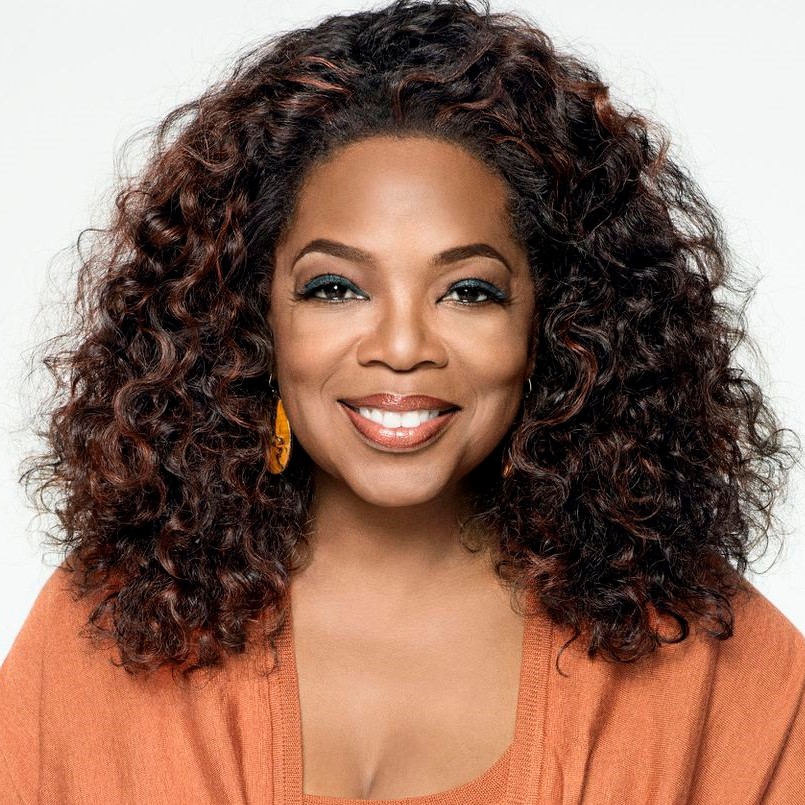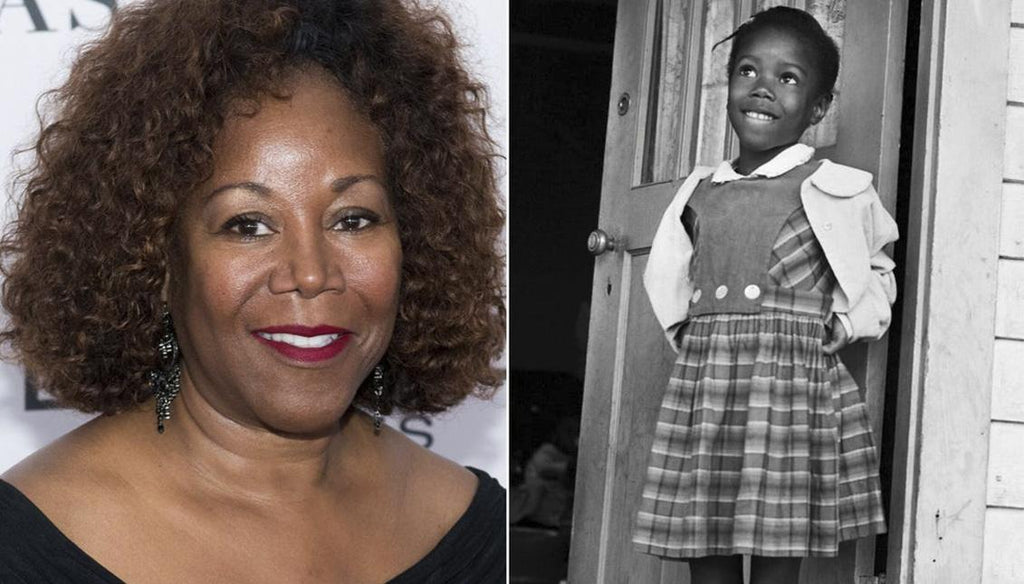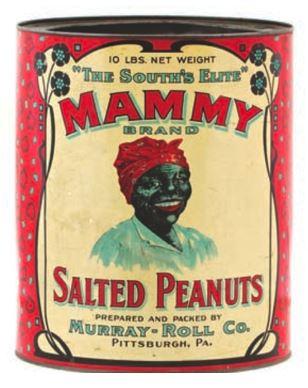This civil rights activist was the youngest to receive a noble peace prize. He is the author of the infamous "I Have a Dream" speech. In the eleven years between 1957 and 1968, he traveled over six million miles and spoke over twenty-five hundred times, appearing wherever there was injustice, protest, and action; meanwhile, he wrote five books and numerous articles.
Who is Martin Luther King Jr.? (1929-1968)

True or False, the majority of racial stereotypes involving African Americans are based on racist portrays of African Americans using blackface.
What is True?
This city is where a handful of freed blacks settled and created deep roots, developing a culture. This city is known for African American contributions such as Jazz music and Creole cuisine.
Where is New Orleans
This person, from Hawaii, was the first African American president.
Who is Barack Obama?
This individual is known as the richest African American with a net worth of 2.7 billion dollars and now has her own production company, being the first Black American woman to own her own production company.
Who is Oprah Winfrey (1954-present)
This tennis player emerged from Compton to become the world's No. 1 player. She has won 23 major singles titles, the most by any man or woman in the Open Era. The Women's Tennis Association ranked her world No. 1 in singles on eight separate occasions between 2002 and 2017. She has competed at three Olympics and won four gold medals
Who is Serena Williams?
Before it became a racist stereotype in the Jim Crow era, this fruit once symbolized self-sufficiency among African Americans. Following Emancipation, many Southern African Americans grew and sold this fruit, and it became a symbol of their freedom. Many Southern whites reacted to this self-sufficiency by turning the fruit into a symbol of poverty. This fruit symbolized a feast for the "unclean, lazy, and childlike." To shame black merchants of this fruit, popular ads, and ephemera, including postcards, pictured African Americans stealing, fighting over, or sitting in streets eating this fruit. This fruit is eaten hand to mouth without utensils, making it impossible to consume without making a mess, therefore branded a public nuisance.
What is the watermelon?
Harriet Tubman's Underground Railroad National Park is located in this state.
Where is Dorchester Park, Maryland
This is the what HBCU stands for
What is Historically Black Colleges and Universities?
At age 6, she embarked on a historic walk to school as the first African American student to integrate the all-white William Frantz Elementary School in Louisiana.
Who is Ruby Bridges (1954-present)

This man was a track-and-field athlete who set a world record in the long jump at the 1936 Olympic Games in Berlin—and went unrivaled for 25 years. He won four gold medals at the Olympics that year in the 100- and 200-meter dashes, along with the 100-meter relay and other events off the track. In 1976, he received the Presidential Medal of Freedom and was posthumously awarded the Congressional Gold Medal in 1990.
Who is Jesse Owens (1913-1980)?

This was originally a written by Harriet Beecher Stowe in 1852, featured the title character as a “large, broad-chested, powerfully made man … whose truly African features were characterized by an expression of grave and steady good sense, united with much kindliness and benevolence.” He forfeits his own chance at escaping bondage and loses his life to ensure the freedom of other slaves. This stereotype is innately submissive, obedient and in constant desire of white approval. The term became popular during the Great Migration when many Southern-born blacks moved to Northern cities like New York, Chicago and Detroit.
Who is Uncle Tom?

Richard Humphreys established the African Institute (now Cheyney University) in 1837 in this state, making it the oldest HBCU in the United States. Its mission was to teach free African Americans skills for gainful employment.
Where is Pennsylvania
In this year, African Americans gained the full right to vote, following the Voting Rights Act, which forbade discrimitory practices for voting requirements
When is 1965
This individual was the first to refuse to give up her seat to a white woman on the bus in the 1950s at just 15. She didn't get media coverage because she wasn't "fair-skinned" and didn't have "good" hair.
Who is Claudette Colvin (1939-present)?

After traumatic events, this individual pushed herself to silence as she believed that her voice caused harm to others. During this period, she memorized poetry and with help from friend and fellow author James Baldwin, went on to write I Know Why the Caged Bird Sings in 1969 — the first in what would become a seven-volume, best-selling autobiographical series. Nearly a decade later, she struck poetic gold with And Still I Rise, a collection that remains one of her most important works.
Who is Maya Angelou (1928-2014)?

This era is known as the era following eminicipation was mainly known for it's segregation based on race. During this era several racist stereotypes were developed and/or became popular.
When is the Jim Crow Era?

Here, the College Museum, also known as, the first African American museum was built. It was built her when in 1929 President Herbert Hoover appointed a committee tasked with creating a National Memorial Building to commemorate the contributions of black people to U.S. history.
Where is Hampton Virginia
This person is known to be the first Black child born (recorded) in the American colonies, was baptized in Jamestown, Virginia, on January 3, 1624.
Who is William Tucker
During the racially contentious period in the late '60s, this woman became the first Black woman elected to Congress. She represented New York's 12th District from 1969 to 1983, and in 1972, she became the first woman to run for the Democratic Party’s presidential nomination. Her campaign slogan: "Unbought and Unbossed" rings even louder today.
 Who is Shirley Chrisholm (1924-2005)?
Who is Shirley Chrisholm (1924-2005)?
Born just five years after the end of the Civil War, Robert Sengstacke Abbott founded a weekly newspaper, The Chicago Defender, one of the most important black newspapers in history, in 1905. Without Abbott, there would be no Essence, no Jet (and its Beauty of the Week), no Black Enterprise, no The Source, and no The Undefeated. The success of The Chicago Defender made him one of the nation’s most prominent post-slavery black millionaires.
Who is Robert Sengstacke Abbott?

This stereotype developed as an offensive racial caricature constructed during slavery and popularized primarily through minstrel shows. Enslaved black women were highly skilled domestic workers, working in the homes of white families and caretakers for their children. The trope painted a picture of a domestic worker who had undying loyalty to their slaveholders as caregivers and counsel. This image ultimately sought to legitimize the institution of slavery. The stereotype gained increased popularity after the Civil War and into the 1900s. It is also part of the character in the controversial Aunt Jemima company in which it was meant to sound like "Ain't yo momma."
What is the Mammy and/or Black face stereotype?

This state's regiment was the first all-Black military unit in America, was assembled into service under the command of white officers.
Where is Rhode Island (1st Rhode Island Regiment)
The Black Panther brought much needed African American representation to the theater. This iconic movie was filmed in this state. (Where was it filmed?)
Where is Georgia?

This man was the first African American on the staff of LIFE magazine, and later he would be responsible for some of the most beautiful imagery in the pages of Vogue. He also was the first Black director of a major film, Shaft, helping to shape the blaxploitation era in the '70s. He famously told LIFE in 1999: "I saw that the camera could be a weapon against poverty, against racism, against all sorts of social wrongs. I knew at that point I had to have a camera."
Who is Gordon Parks (1912-2006)?